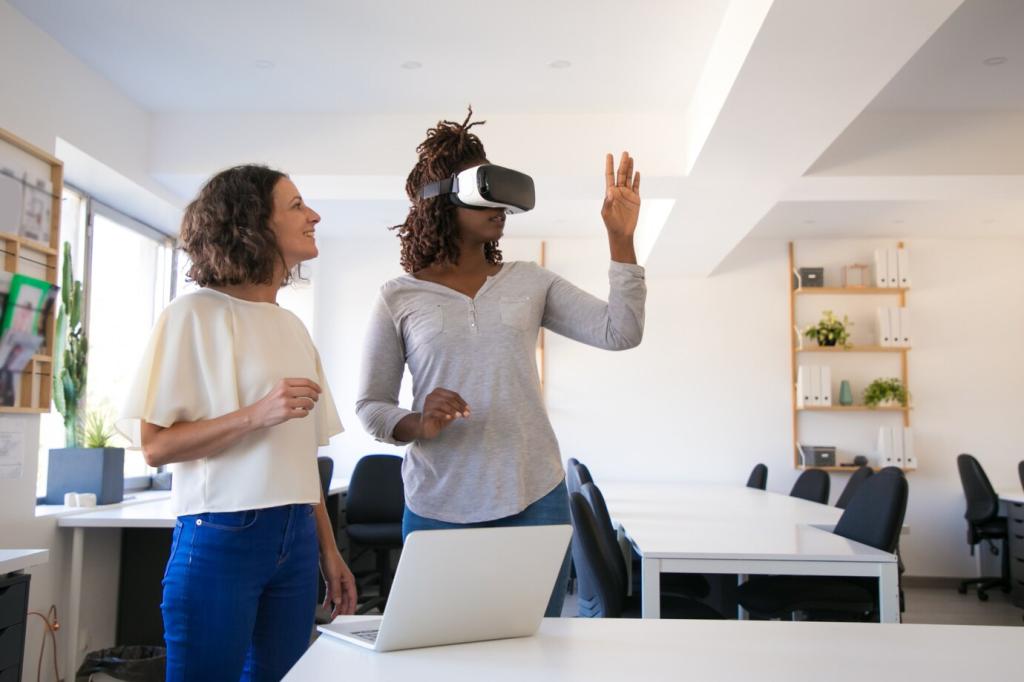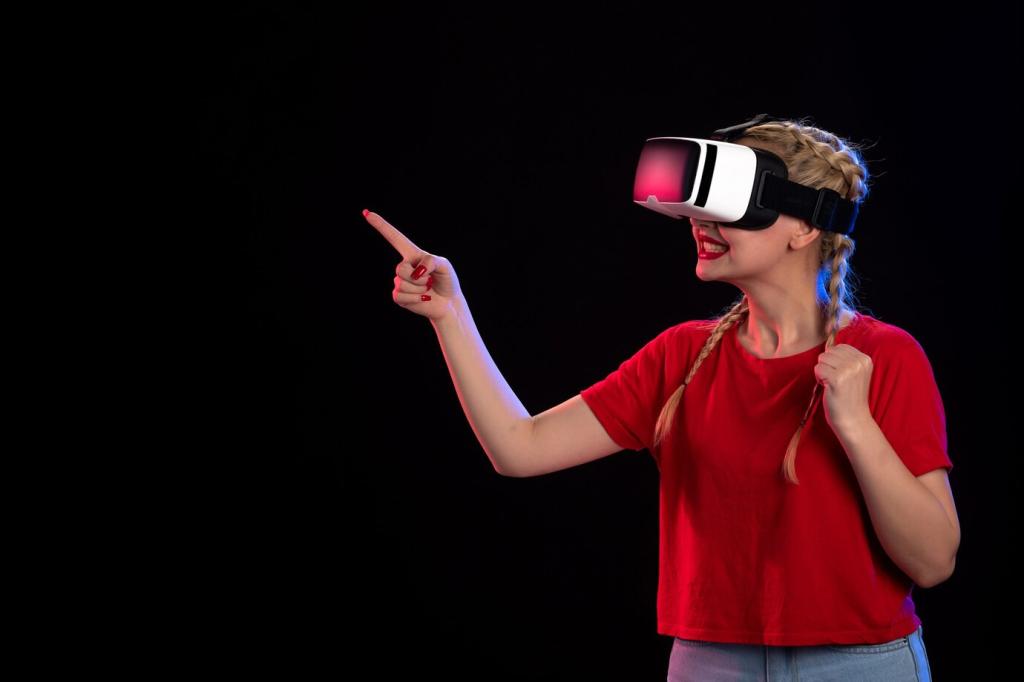The Impact of VR on Modern Teaching Methods in English
Virtual reality (VR) is rapidly transforming the landscape of education, offering immersive experiences that enhance both teaching and learning. In the context of teaching English, VR provides novel opportunities to engage learners, foster interaction, and deepen understanding through interactive and realistic simulations. This evolution is not only redefining traditional methodologies but also setting new standards for how language skills can be developed and practiced in educational settings.


Virtual reality captivates students by situating them within interactive stories or realistic environments where English is actively used. Through VR headsets, students might find themselves at a virtual café in London or participating in a debate at a simulated United Nations forum. Such contexts encourage authentic communication, moving beyond rote memorization toward meaningful use of language. The excitement of immersion keeps learners attentive and eager to participate, thereby elevating both enthusiasm and confidence in language practice.

Unlike traditional methods, VR allows educators to tailor scenarios that reflect real-world language application. For instance, students could navigate a virtual airport, practice ordering food at a restaurant, or negotiate in a digital marketplace. These contexts help bridge the gap between theoretical knowledge and practical use, enabling learners to internalize vocabulary and grammar through direct experience. The repetition and variation possible in VR scenarios ensure language exposure in diverse, context-rich settings.

VR environments empower students to define their pace and path, fostering greater autonomy in the learning process. As learners move through virtual worlds, they are often encouraged to make decisions, solve problems, and interact with both native and non-native English speakers. Such autonomy is motivating, leading students to take active responsibility for their learning journey. The sense of achievement gained from navigating these virtual challenges can inspire persistence and sustained interest in mastering English.
Collaborative and Social Interaction
Virtual Group Activities
VR makes it possible to organize group activities regardless of geographical location. Students from different countries can enter the same virtual classroom and work collaboratively on projects, discussions, or problem-solving exercises entirely in English. These group interactions mirror real-life communication and present opportunities for cultural exchange, negotiation, and teamwork—all conducted in an immersive digital environment that supports spoken and written English practice.
Peer Feedback and Support
Collaboration within VR environments often includes features for giving and receiving feedback from classmates. Whether through avatar-to-avatar conversation or joint project completion, students can provide real-time support and constructive criticism. This immediate sharing of ideas not only strengthens language skills but also builds confidence in using English. The peer dynamic cultivated by VR fosters an inclusive atmosphere, where learners feel comfortable experimenting with language and learning from each other’s experiences.
Teacher Facilitation in Virtual Spaces
In VR-enhanced classrooms, teachers can assume new roles as facilitators and guides within virtual scenarios. They can observe interactions, offer targeted feedback, and design experiences that push learners to communicate more meaningfully. This flexibility allows instructors to tailor their support to individual or group needs, making the learning process more dynamic. By orchestrating collaborative tasks in VR, teachers can ensure that every student is actively participating and benefiting from language practice in real time.
Previous
Next
